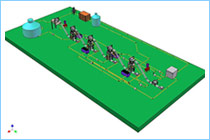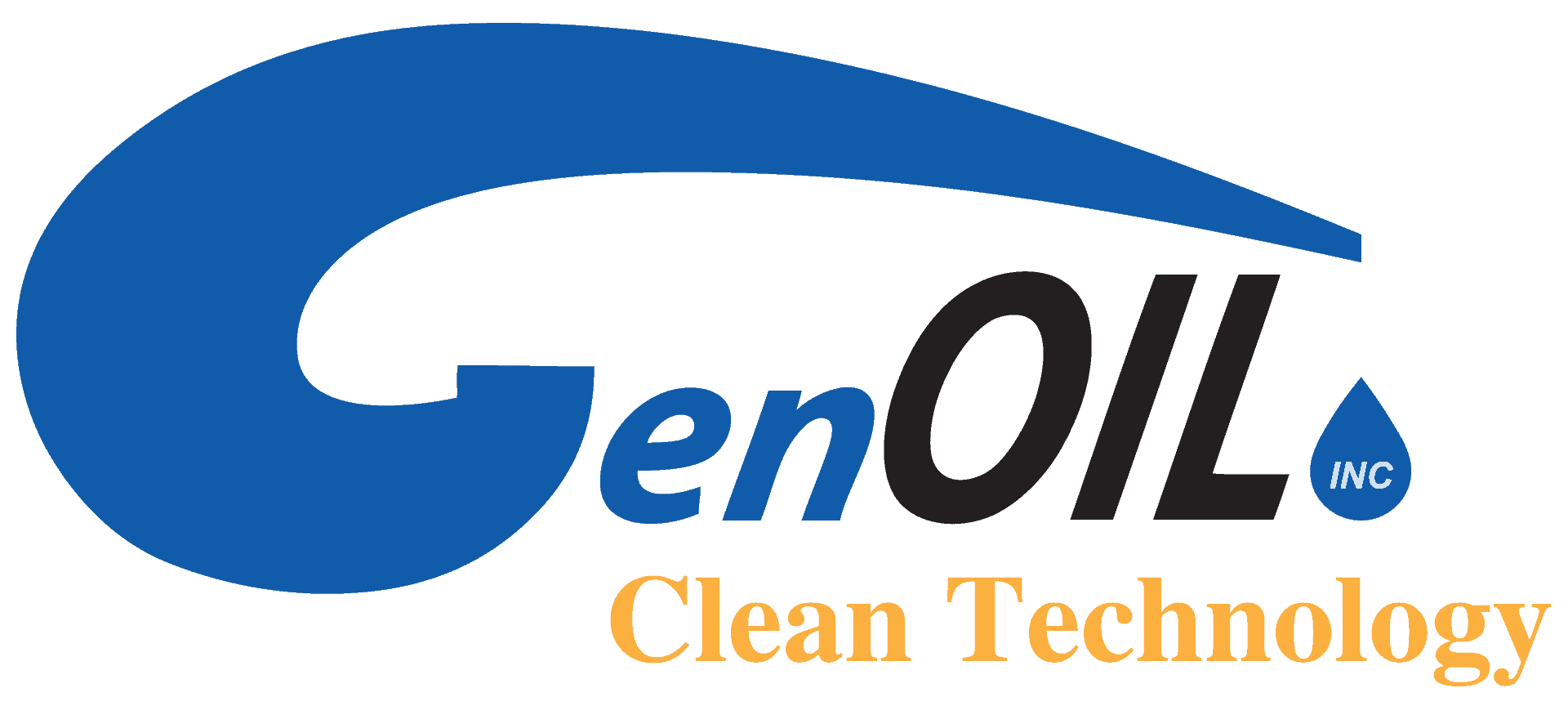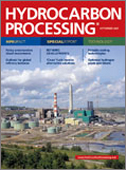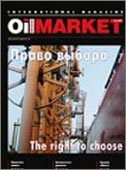GHU® History
|
GenOil Process Demonstration Unit (PDU) In November 1998, a Development Agreement was entered between Renaissance Energy Ltd. (now part of Husky Energy Inc.) and Genoil by which Genoil would design and build a ten-barrel per day pilot plant to prove the new heavy oil upgrading process, and conduct demonstration tests on the Renaissance bitumen. The Process Demonstration Unit (PDU) had to be a fully integrated, mobile, stand-alone upgrader capable of running various types of heavy oil on a continuous basis. The target of the Renaissance test was to reduce the heavy oil viscosity to meet pipeline specifications (230 cSt @ 6ºC). Construction of the pilot plant started in February 1999 after design work, equipment specification and procurements were completed. The construction was completed in April and the unit was moved in May to the oil field site agreed upon with Renaissance. Field connections, shake-down and start-up lasted until mid July. The objectives of the pilot plant tests were to:
In a series of 28 separate field tests, Genoil evaluated what improvements could be expected with this heavy Canadian bitumen feedstock (12.5 ºAPI, density of 982.6) at temperatures between 385 and 429ºC (725 and 805ºF), pressures from 3,515 to 12,125 kPa (500 to 1,725 psig), hydrogen/oil ratios between 890 and 1,780 Nm3/m3 (5,000 and 10,000 scf/b), without catalyst (hydrovisbreaking) and with catalyst (hydroconversion). The initial purpose of these tests was to reduce the bitumen viscosity sufficiently to meet the pipeline viscosity target without the need for diluents. A reduction in the bitumen viscosity of 75% was achieved at a moderate pressure of 5,270 kPa (750 psig). The bitumen viscosity was reduced by more than 90% at higher temperatures and pressures (427ºC, 12,120 kPa; 800ºF, 1725 psig). However, even at these conditions, the ºAPI gravity was increased only by about 2º and the sulfur reduction was less than 10%. To improve further the quality of the upgraded oil, a high activity hydrotreating catalyst was added to the system. With such a catalyst, API gravity improvements up to 12.5º (density decrease of 78.5) were achieved together with desulfurization levels up to 92% and a viscosity reduction close to 99%. For this high severity service, the Genoil GHUTM demonstration unit was operated at around 12,000 kPa (1,700 psig).
GHU™ Pilot Plant Test Results In another series of tests for a major Canadian producer, Genoil evaluated what improvements could be expected with a very heavy (8.5 ºAPI, density of 1,009.9) and very sour (5.14 wt% sulfur) Canadian bitumen feedstock at pressures up to 14,050 kPa (2,000 psig), a hydrogen/oil ratio of 1,070 Nm3/m3 (6,000 scf/b), and a high space velocity of 0.5 v/v.hr-1, both with a hydroprocessing catalyst (hydroconversion) and without a catalyst (hydrovisbreaking). With this high activity hydrotreating catalyst, an API gravity improvement up to 16.3º (density decrease of 105) was achieved together with a desulfurization level up to 95%, demetallization up to 90%, and a vacuum residue (524+ºC, 975+ºF) conversion of almost 80%. These are outstanding results at such a high space velocity and reasonable operating temperatures. The product obtained through hydroconversion was stable, while the product from hydrovisbreaking was not stable (high bromine number).
In 2005, Genoil conducted a series of 12 pilot plant runs, for a major international oil producer, to confirm the required operating conditions to upgrade a heavy oil (bitumen) from 17.5ºAPI (density of 949.7) to a minimum of 34.0ºAPI gravity (density of 849.8), while decreasing the sulfur content from 1.22 to below 0.6 wt%. These tests were conducted at pressures between 12,000 and 12,830 kPa (1,700 and 1,825 psig), and at average catalyst temperatures between 377 and 430 oC (710 and 806oF). The overall catalyst space velocity was 0.40 v/v.hr-1 for a one-year catalyst cycle. At the previous temperatures and pressures, the desulfurization ranged from 75 to 97%, denitrogenation from 37 to 53%, metal removal from 76 to 98%, Conradson Carbon reduction from 47 to 87% and the pitch (535+ oC, 995+ºF) conversion from 37 to 95%. The hydrocracked products were stable at all conditions, even with the high space velocity used in the GenOil tests versus the ones practiced in traditional hydroprocessing processes.
|
|
* The information posted on this site was considered accurate at the time of posting and it may be superseded by subsequent disclosures or become inaccurate over time.
|
|
Sand Decontamination |
|
 |
The Genoil Sand Decontamination Technology (GSDT) is an innovative process designed to cleanse oil sands using minimal water and energy consumption allowing the reclamation of refineries, well fields, waste pits and beaches contaminated by petroleum. |






